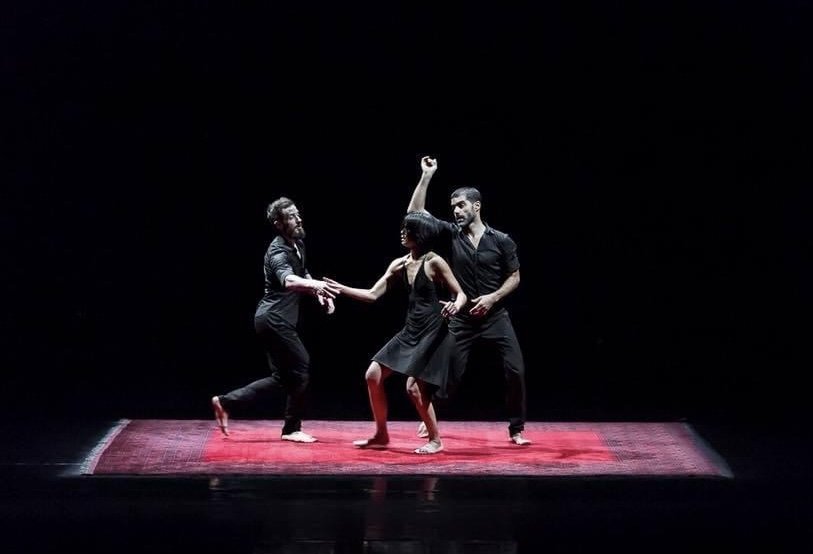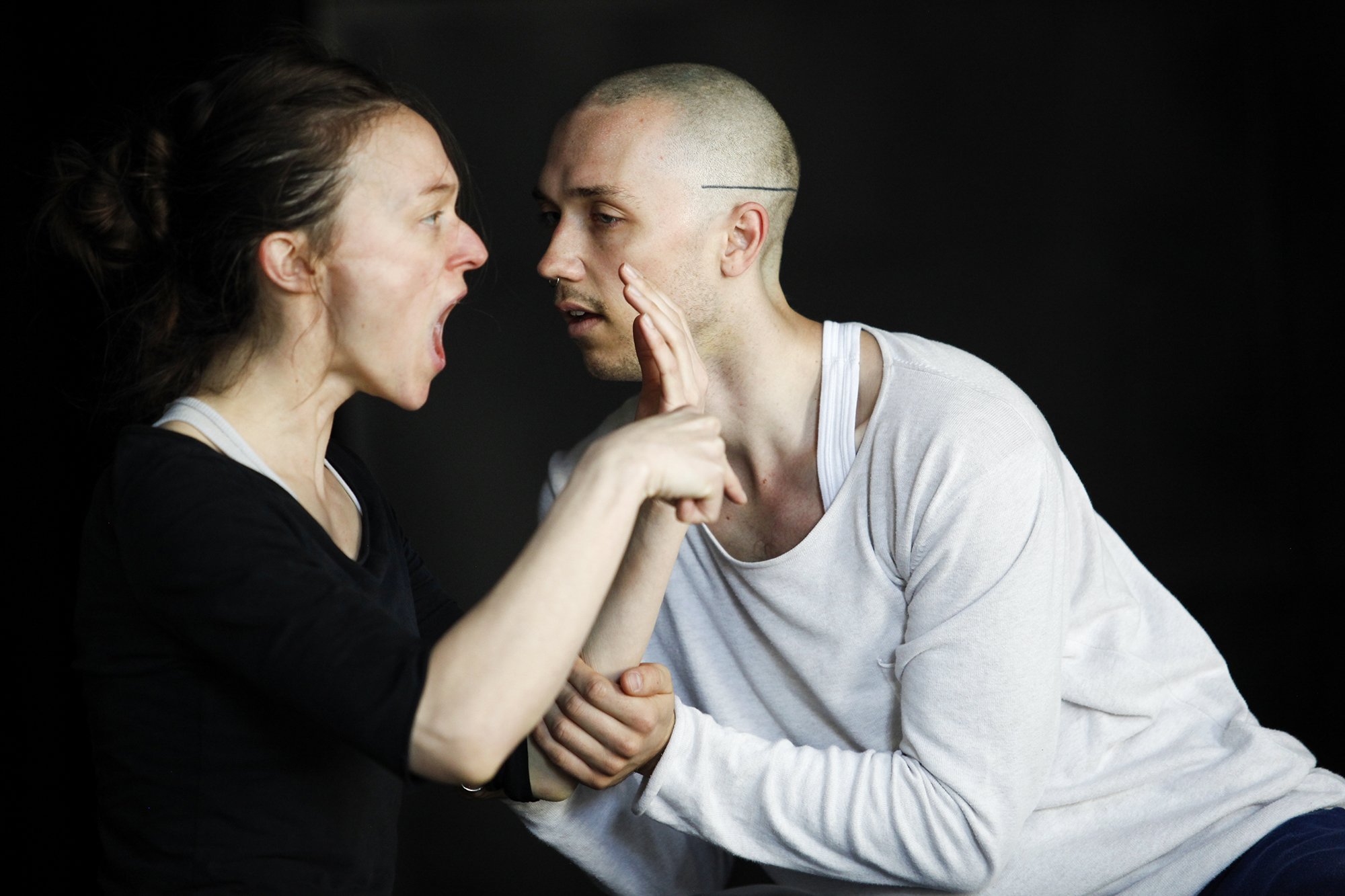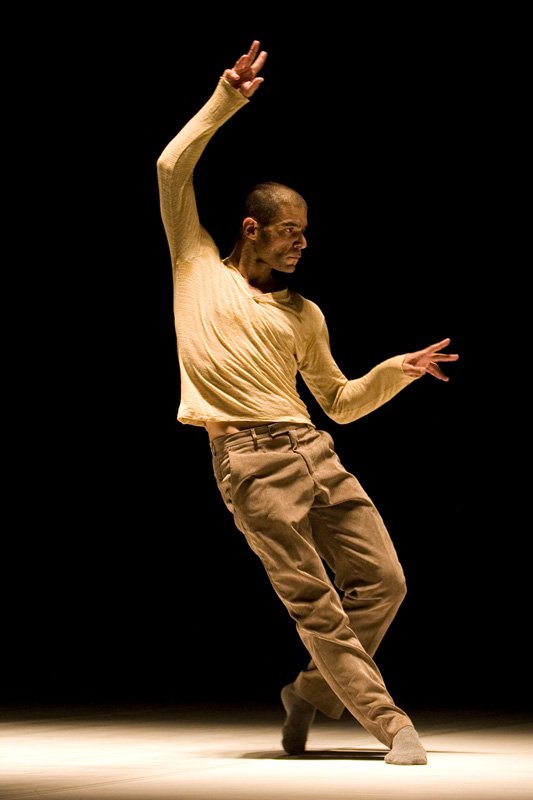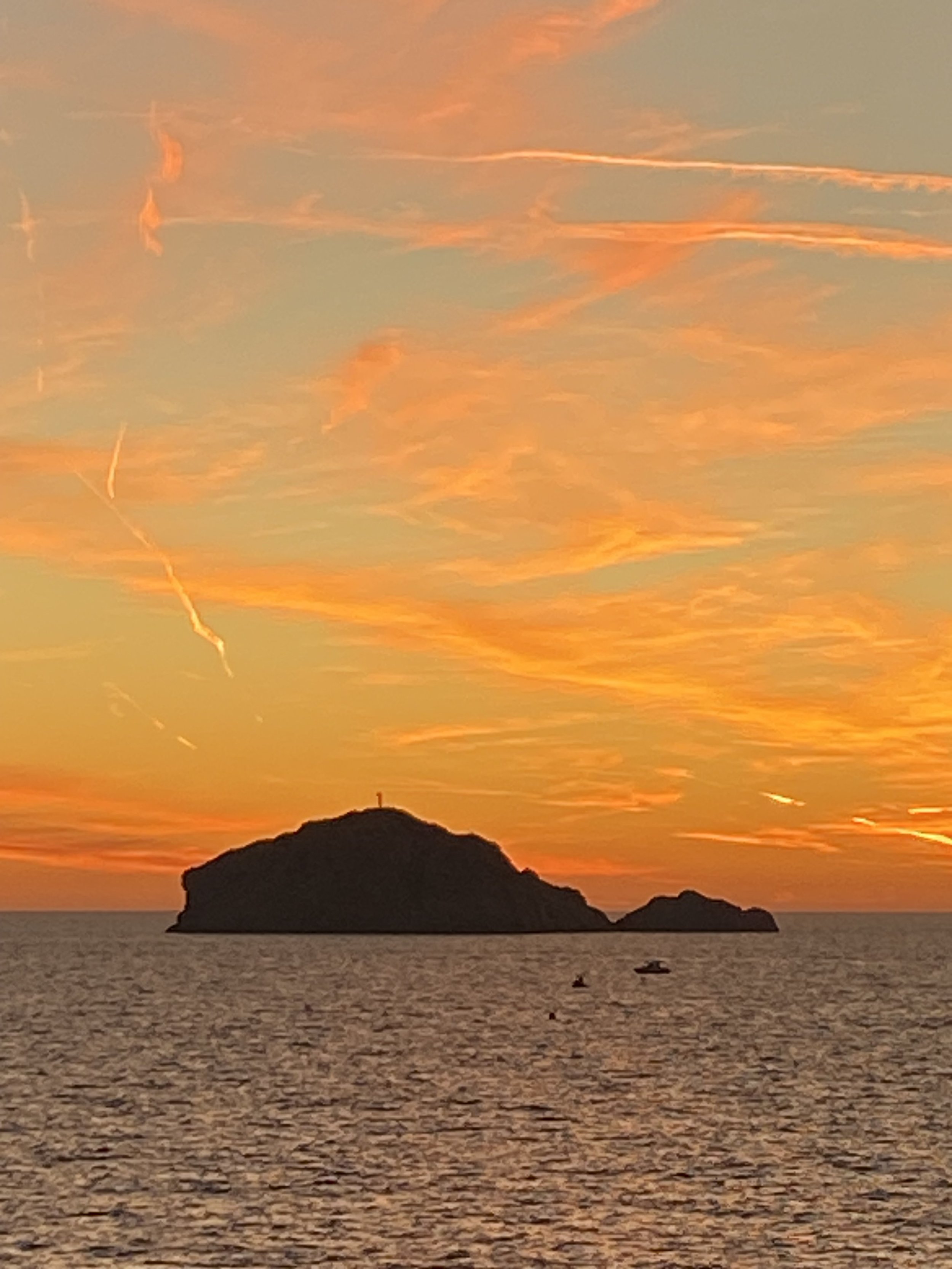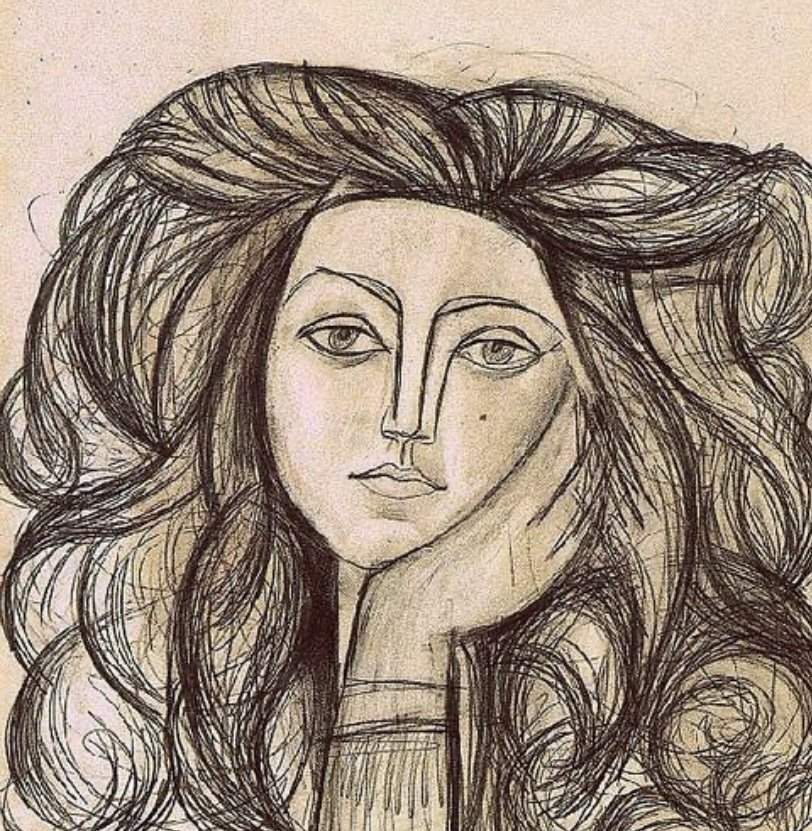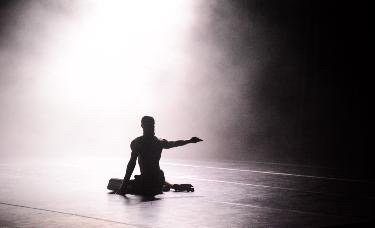The problem with most dance works is, they are made with the intention to be seen only once.
What a dance work actually needs, is to be created as something that will be watched and experienced repeatedly and over time by its audience, regardless of the fact this won’t happen.
.
Watching a choreographic work once, is not like watching a movie once, or reading a book once. It’s not even like listening to a recorded piece of music one time.
It’s more like meeting a person you don’t know, a single time.
Most choreographic works are seen once, and that one meeting, is the basis for how they’re perceived. The entire system that produces and presents dance works, is configured around that notion.
The book, the movie, the recorded music, won’t change over time. The artifact they are, is a fixed object. The viewer, reader, listener changes, yes, their perception changes with time passing and experiences accumulated. The movie won’t be seen in exactly the same way the second time around. Nor the book will be read in the same way on a third reading.
A piece of music for sure isn’t heard in the same way the first time one listens to it and the 1000 time, although the recording itself did not change. There’s a whole process of studying a musical piece, that requires multiple listenings and time spent with the work. Choreographic works requiers quite the same type of studying music does (And there are multiple reasons why we can listen to the same music thousands of times over a life time, but there’s almost no chance we would read the same book or watch the same movie more than a few times).
But there’s a whole other level to dance pieces, which renders this need to see them again and again even more acute.
Choreographic works are made with people. People ARE the choreography happening. Choreography as an artistic form, exists only through the physical presence of living human beings. There’s no way to record a dance piece. Hence, engaging with a live choreographic work is engaging with people. Thus, it is similar to the type of relationship we might have with another living person.
For whatever reason (probably the one in the short version), most choreographic dance works are made like a movie, or a novel, with the logic of a fixed object at their core. They are created with the aim of producing an unchanging, finished thing (while ignoring the fact they simply can not be that). They are made to be seen once.
As a result, one meeting with them, is usually more than enough (one meeting with almost all choreographic works, is usually one meeting too many).
In order to truly see, understand and benefit from a (real) choreographic work, one needs to form a relationship with it over time. Engage with it on multiple occasions, in different contexts and with a state of mind which resembles the type of relationship one would develop with another person.
The knowledge and content contained in a choreographic work, is constantly evolving, changing and growing. It is people, context, space and time related. The experience of it, what it feels like, what it knows, what it conveys, constantly changes. From one day to another, in different palaces and along the years it’s being performed.
This happens of course because it is people who are the choreographic thing, and people change, but also, it’s the choreographic thing itself, which in a weird way (probably as a result of the fact it is some sort of a sum of shared consciousnesses), goes through constant change and evolution.
In that sense, most choreographic works, have been truly seen, by very few people. Which, in turn, is the explanation to why this art form, more than any other, suffers from such poor readership and understanding. Why most of what is created and presented, is of such poor quality, barely scratching the surface of the choreographic potential.
If choreographic works would be studied and engaged with in the same way pieces of music are, the landscape of the art form as we know it, would be radically different.
Choreography, like music, cannot be a representative act. It’s too much the actual thing happening, for it to be able to be ABOUT something, since it IS already a thing. In the same way a person cannot be about something, since it is already a thing, it is a person. And the only way to get to know the thing that a person is, is to engage with them regularly and over time.
No other art form is a living THING to that extent. No other art form can be engaged with and experienced exclusively while it is physically happening (music was the only art form with the same specificity, but that has obviously changed radically with the introduction of the recording. Music, being the most abstract of all art forms, actually gained from the ability to be totally dematerialized. it somehow makes perfect sense we now consume music almost exclusively in its recorded form.
Not only you can not dematerialize the dancing body and the choreographed thing, you can’t even experience them, beyond a very shallow level, if you don’t spend time with them physically and regularly while they happen.
Music (after the introduction of the recording) and dance, so similar on so many aspects, are at opposite ends completely on this one.
This is also why dance and choreography, are a form of resistance against the current move towards the digital virtual worlds of alternate realities and artificial inteligence and consciousness.
Now that we are able to even make babies, without anyone actually making love, Dance and choreography might be the last untouched territories in the near future, where a concrete human experience is taking place.







